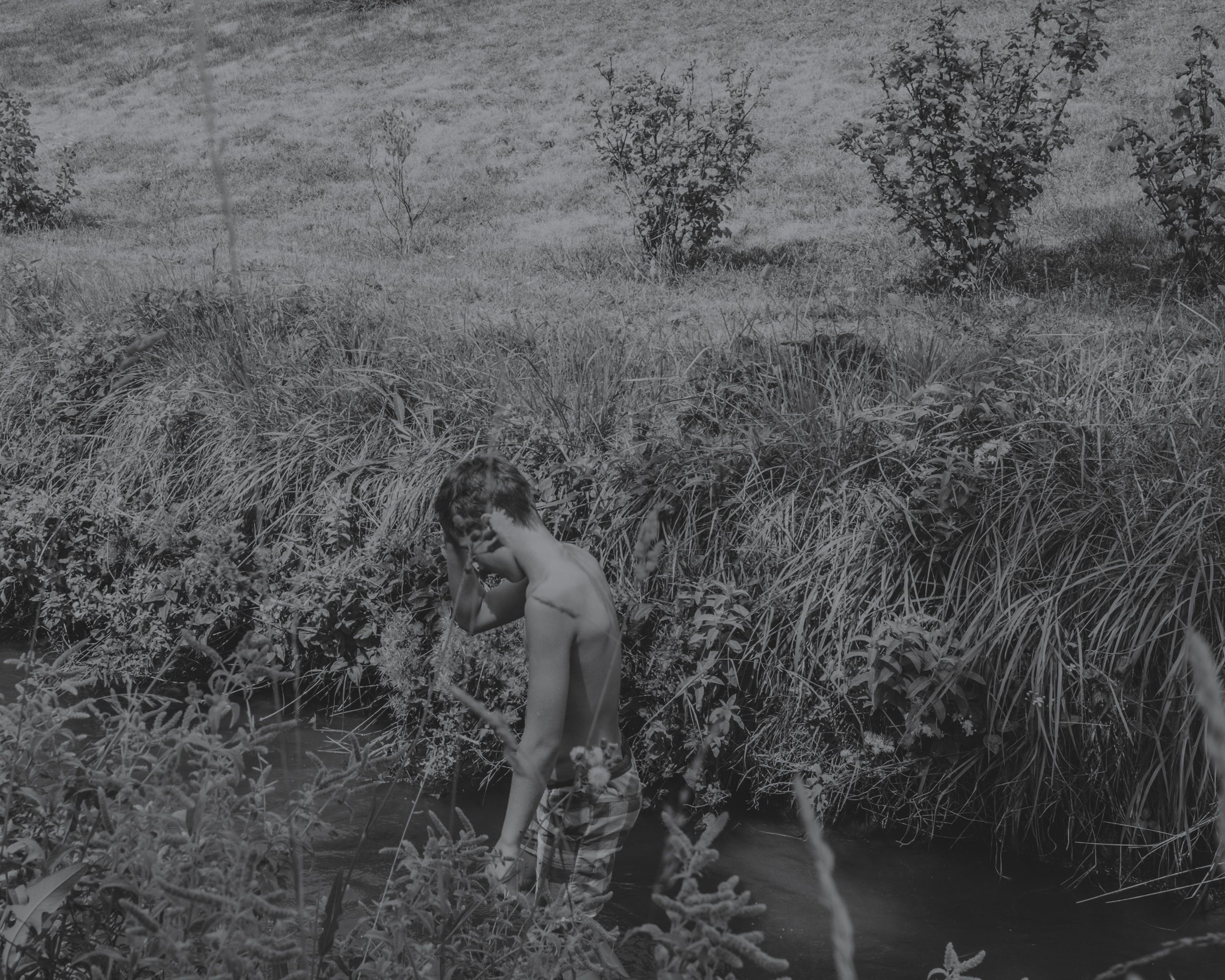Story 128: Boris Snauwaert
What is your backstory?
I came to photography pretty late. I was working as a researcher and teacher in social sciences when I started studying photography at KASK in Ghent (Belgium). I immediately loved how the camera can be a tool of both analysis and creation, how it can sharpen your sense of place but at the same time can function as a social lubricant to open doors that you’d otherwise pass by. Photography quickly aligned with my wanderlust and curiosity.
I immersed myself obsessively in the medium but after a couple of years I felt over-saturated by images and more specifically by the more serious and artistic form of photography. By that time my family, a demanding dayjob, a music project and my volunteer work in nature conservation took most of my time and photography slipped in the background. Although it never completely disappeared. I did some occasional assignments for small cultural magazines and organizations, but in my daily life photography was mainly reduced to its functional basics: documenting family life, travels, flora and fauna.
A couple years ago I started taking up photography more consciously again. Looking back, I feel these years of photographic “rest” were good for me. They gave my photographic urge some breathing space and allowed my visual language to grow in a more quiet and maybe more natural pace again.
What camera gear/editing setup do you use?
I use several cameras, both analogue and digital. I like how each has its own “character” and influences the way I photograph. I love my Mamiya 7II and Hasselblad 500 C/M and the way they slow me down. However, the increasing prices of film and development hold me back more than I’d like to. I guess that’s why these last years I’ve been mainly using my Fujifilm X-T2. I’ve worked for a long time with the same lens on this camera (a 35 mm equivalent of a full frame), which allowed me to grow confident in my setup, knowing where to stand and how to frame in order to get the image I want. I knew its strengths but also its limitations. So when I finally got some other focal lengths, it felt like a fresh breeze of air, opening up a wealth of possibilities, challenging me to broaden my framing habits.
How do you achieve the look of your photographs and could you take us through the process?
I don’t have a fixed process. A lot of my images are made while wandering around or being somewhere with family or friends, others are made with a clear preconception (thinking about locations and/or light set-ups, arranging meetings with people and getting permissions, …). I find this mix stimulating.
My editing is more and more reduced to playing with basic sliders (exposure, contrast, highlights, shadows, whites, blacks) and tone curves until I’m happy with the results. Depending on the context in which I show the image (part of a sequence, as a separate print, …) I might change the editing of an image. I don’t believe there’s a single “right” edit for an image.
Could you tell us the backstory of some of your photographs?
I love common swifts. Their screaming is the sound of summer for me. They spend their whole life in the air. They only touch “ground” for a couple of weeks in order to nest and feed their young. Because their natural breeding habitats are rare in the parts where I live, they use the roof space under the eaves of old houses as a surrogate.
One evening I heard my son (otherwise quite a tough boy) yelling in anguish: “There’s something in my room!”. His room is the garret and apparently a swift had found a hole under the gutter leading to his kingdom. A disoriented bird without legs to stand on and a not so large teen bedroom don’t make much of a match. After chasing behind the panicking bird for a while (carefully - not wanting to scare or to hurt the bird - but at the same time frantically trying to keep up with its pace) I caught it with my butterfly net. The room was decorated with swift shit, but the bird was safe and sound.
When I tried to release it from my small courtyard it took off in the wrong direction and landed against the window of my living room. For a moment it lay there dazed and confused, but then it took off and quickly disappeared in the air.
I’ll probably never see a common swift from this closeby again.
What advice do you have for aspiring photographers?
I’m not so keen on giving advice: whatever works for you as a photographer is good, embrace it.
Here are just a few things that I find useful to remind myself of once in a while. Take your time. Be obsessive in your practice but patient in terms of outcomes. Social media can be great to explore new work and meet new people, but don’t let them be your main reference system or means of interacting with others on your work. Find some people you can trust and whose opinion you respect to discuss your work with. Don’t edit while shooting. Use your editing and sequencing as a tool to think about your work and to refine it. Explore your fascinations, but don’t forget to push yourself out of your comfort zone on a regular basis. Keep looking.

































